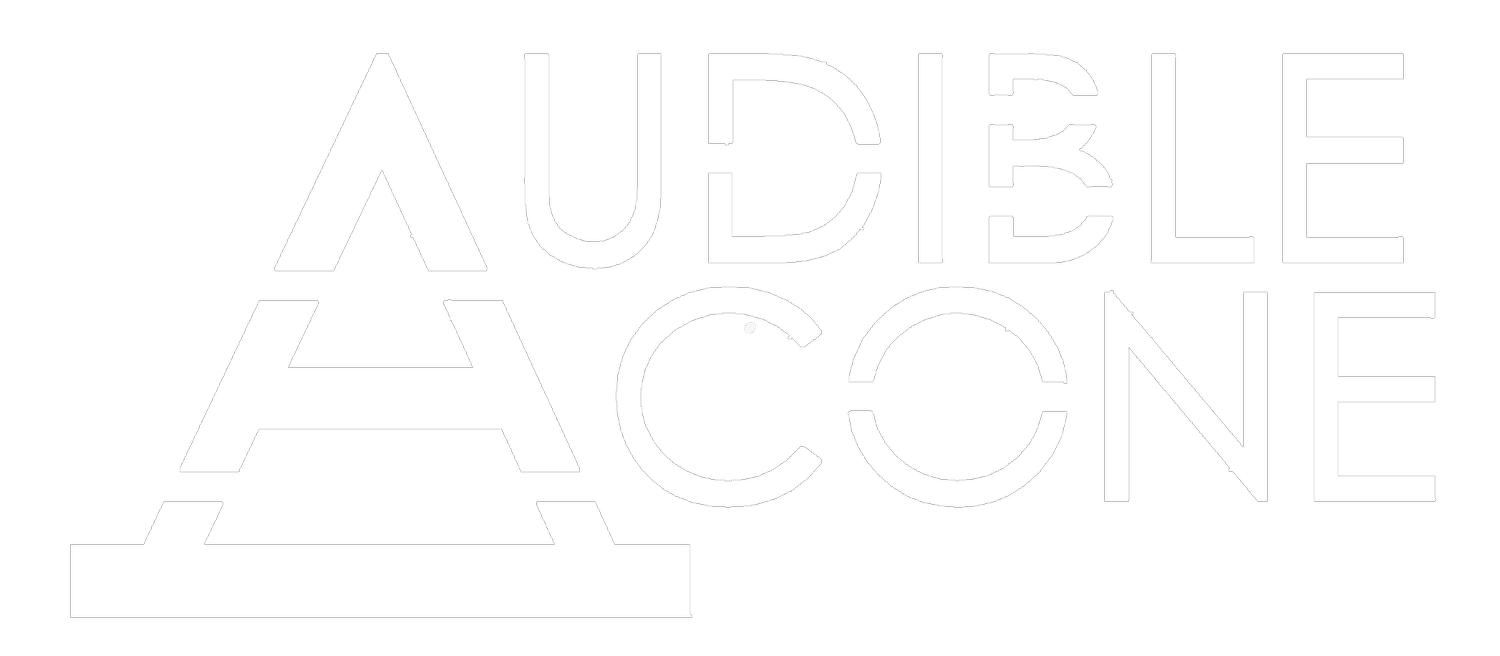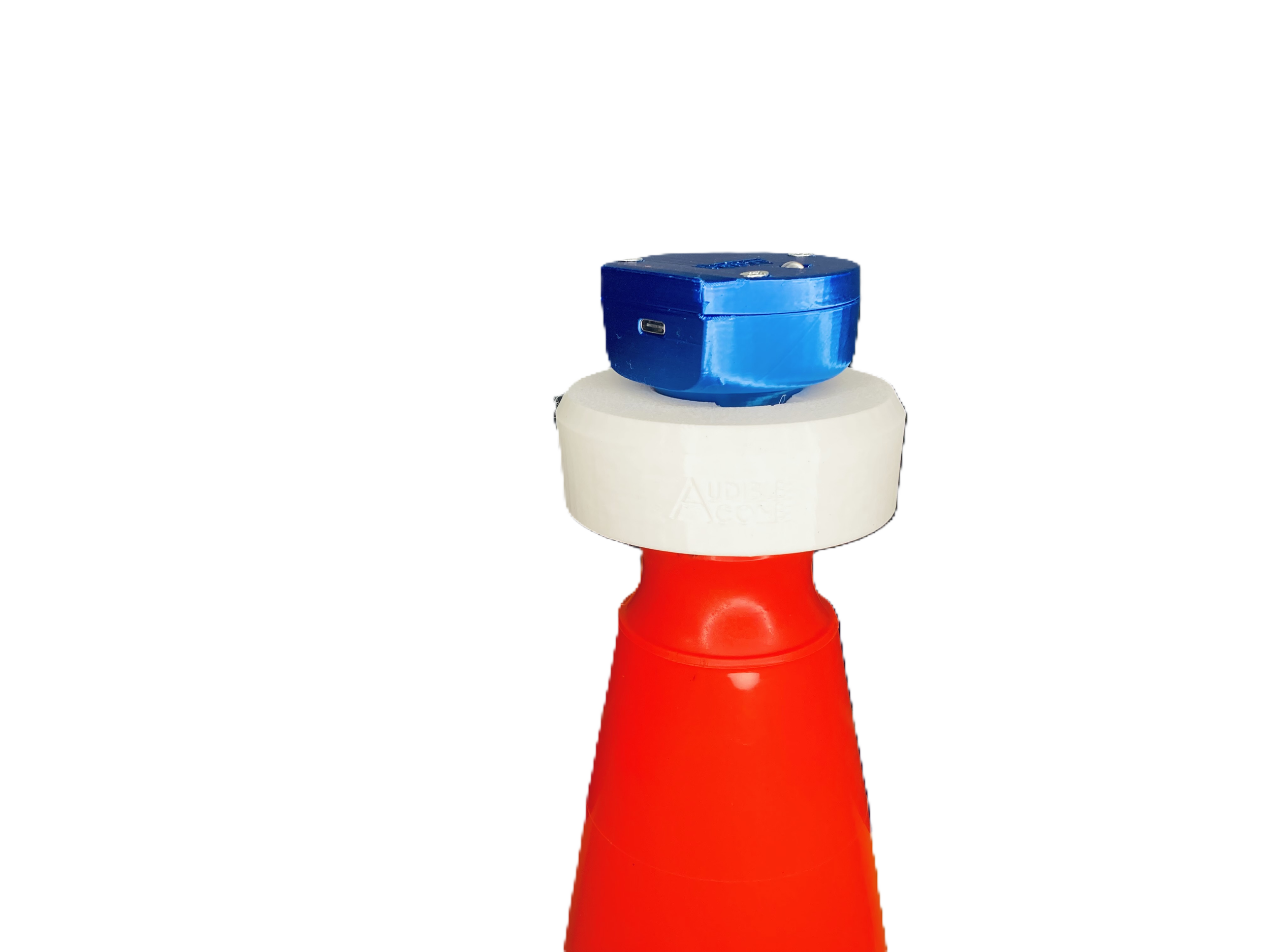Over 500 serious injuries occur per year on highway construction sites.
There is a HIGH reliance upon drivers to be attentive and alert in work zones in a world of non-stop distraction and attention diversion.
We believe that life is too valuable to gamble on with the attention of drivers
We are your safety net when the barrier protections fail
Plan A-C to save Lives
- Alerting Personnel
- Barriers
- Collaboration with People & Technology
Why Audible Cone?
Audible Cone provides workers a safety net that alerts them – regardless of PPE being worn
It augments worker situational awareness providing signaling to activate ‘escape route’ training.
It has minimal impact on current daily activities, and the work-zone setup.
Audible cone offers:
Ease of Setup for jobsite, regardless of cone used
Spacers for different cone geometries
Reduced impact of hearing PPE on alert capabilities
(Does not rely on only one sense to alert the worker.)
no beams to align, no canisters to load / reload
Easy to charge each device – standard USB2.0/USB-C plug to a wall charger, vehicle, power bank, etc.
Cone Sensor and Wearable Alert use the same ports to charge
Can be charged in the car if needed
It all starts with an experience…
Almost a decade ago, our founder was working as an incident responder to a road construction zone, at night. An individual - ‘Glenn’ was managing flagging for traffic around a remote road in Eastern Oregon, behind a light generator trailer for the workers repairing the road bed. He was wearing a bright orange vest, a state issued hard hat, and had a large stop/slow sign on a pole. He was surrounded by traffic cones… routing traffic to one lane…
Gordon stopped to talk with Glenn earlier in the evening to discuss progress, catch up on events of the day, and to issue warning that rain was coming, it was getting dark, and ‘to be careful’.
Thirty five minutes later, Gordon was notified of an incident on that same road - that a worker was struck by an oncoming vehicle and pinned, needing immediate medical response by anyone in the area.
Fearing the worse, he rushed over as fast as he could in his cruiser, coming upon the scene. With his fears realized, he saw Glenn pinned between the a car, the guardrail, and the generator, lifeless.
This story is not unique, however something unique clicked this day and Gordon thought - “There has to be a way to save these lives…”
Then… research
Roadway injuries are ultimately higher than is reasonable. Companies face high insurance expenditure as a result of liabilities they face. Workers are being needlessly injured or facing fatalities. Despite preventative methods, The Occupational Safety and Health Administration (OSHA) reports that fatal injuries in the roadwork & construction industry exceed the national average across every industry. On average, 58 people are killed per year from direct pedestrian / vehicle collisions and hundreds more are seriously injured (traffic control) by impaired, tired, or distracted drivers in construction work-zones alone.
Fact Check it - BLS
Hundreds more are injured or killed across multiple different areas as well - utility work, first responders, detour flaggers, and other ‘road-work’ related industries.
Fact Check it - NSC





